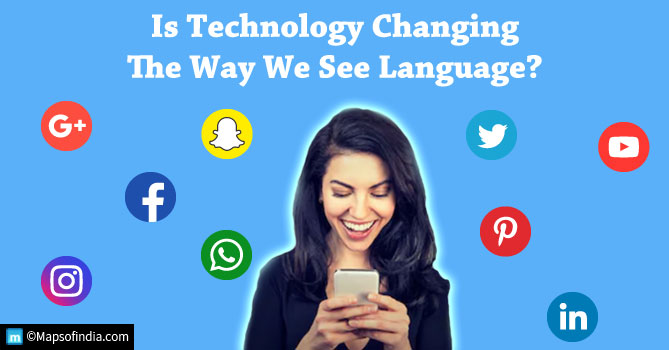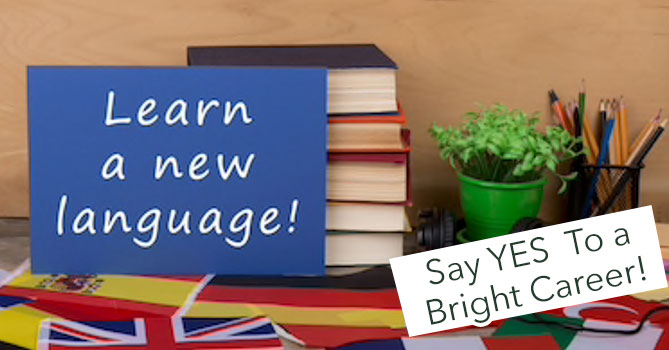For as long mankind has existed on the planet, one or the other form of communication has existed alongside. Of course, it has gotten more refined over the years, but it has always been around.
The first traces of communication go as far back as thousands of years. Men started communicating through signals, haphazard sketches drawn on cave walls. However, it can be safely said that the biggest breakthrough in the history of our communication came when men discovered language. Since then, our progress has become more rapid, along with the development of interpersonal relationships.
It is sad, then, to see how language, that once took men to new heights, is now being pulled down by the same men. Not sure what we mean? Read on to find out!
Language and mankind
Language gave birth to literature. Looking at it this way, a large chunk of our art wouldn’t be possible if we hadn’t discovered language. The world has given us brilliant orators, marvellous writers, all stupefying us their powerful command over whatever language they master.
Language, be it any of the over 6500 spoken around the world, has the power to move people. Its ability to get moulded language along with changing times makes it unique. For example, the English spoken in the 19th century is miles apart from the English we speak today on a daily basis. What remains consistent is the interlinking and connectivity language provides.
With the birth of social media, this interlinking has become even more rapid and easier. Want to tell your loved ones that you miss them? A simple WhatsApp text will reach them within a second, even if they are sitting in the opposite corner of the world. Facebook, Instagram, Snapchat etc have paved way for communication like never before. No distance is big enough, and time, it seems, has fallen in our favour.
The modern-day saga of social media
While none can deny the gifts of technology, or of social media, it would be wise to think for a minute about how these innovations have affected the world of language. Here is an example:
In 2018, some of the new words added in the Oxford Dictionary are- normie, fam, douchebaggery, nothingburger, and so on. Pretty classy, right?
The way language has evolved over time, especially among the youth, is a cause for concern. When text messages were first invented, there was a character limit. So, naturally, it made sense to cut short the words, abbreviate them here and there. “You” became “u”, “thanks” became “thx”, and what-not. It saves time, is convenient. So, what’s the harm?
The problem is that these textual presentations have slowly made their way over other dimensions. While the name escapes my memory right now, I once came across a book that used textual short-forms in the main page content. The protagonist supposedly writes down a one-two page long diary entry, all in abbreviations!
Several other authors in India now use what they call “Hinglish” in their books. Contrast that with the likes of Arundhati Roy, Vikram Seth etc, and you will understand the surge of disappointment.
A concluding note
To blame the “downfall” of language entirely on social media wouldn’t be correct. After all, it is us who direct the web, not the other way around. The erosion of language is partly to be blamed on our day-to-day usage of it. The standard of language, be it Hindi or English, has been falling even across newspapers, books, tabloids etc. To make the content easier to read, different languages are mashed up together. The birth of Hinglish is one such example. And, when this mix makes its way into the mainstream arena, published throughout, it is what we receive and take in.
After all, what we are is largely determined by where we are, the things we are surrounded with.
Other articles on the effect of social media:
- Social Media and its Impact on Politics
- Social Media and Indian Politics: Where are we heading?
- Social Media and the Quality of Discourse in India
- Dynamic Role of Social Media in Indian Food Domain
- Undue Use and Misuse of Social Media






